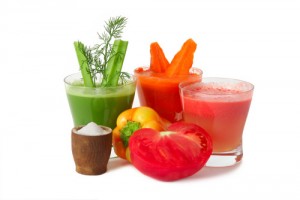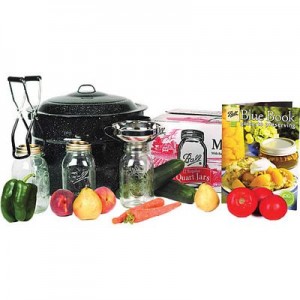 The flowerbeds are bright with colors that paint a pallet of brilliance for us to enjoy as we rush hither, thither and beyond. Just for a moment, stop and absorb the beauty around and may it nourish your soul.
The flowerbeds are bright with colors that paint a pallet of brilliance for us to enjoy as we rush hither, thither and beyond. Just for a moment, stop and absorb the beauty around and may it nourish your soul.
As the colors may revive our spirits, the vegetables that are planted will soon be ready to nourish our bodies. Be sure to check out the web site at the University of Georgia to see the National Center for Home Food Preservation (www.ugs.edu/nchfp ). They have many tested recipes and answers to commonly asked questions. If you have a gauge style pressure canner, check with your local Extension Office to see if they will be doing any classes or testing calibration this season. Canners need to be checked on a yearly bases to assure their accuracy as you are doing home canning.
How’s your food budget doing, during these difficult times? Growing a few things might be a way to stretch your food dollars and encourage children to learn in the process. Patio and container gardens can easily provide lettuce, tomatoes, radishes, and even zucchini or cucumbers if you desire. These gardens are easy to grow and provide great learning opportunities for children.
Other ways to stretch your food dollars may depend on your eating habits. How much do you spend on groceries a month and do you have enough money to last all month? If not, then it may be time to pay attention to the details and see how to make the money stretch further. See if any of the tips below might be ones you’d be willing to try.
- Plan your meals. Put on paper at least your major meal of the day….think variety from all the food groups and different foods each day. Use the food guide pyramid (mypyramid.gov) to give you some ideas. Use the foods you have on hand first, think about what’s in the freezer and in your pantry. Prepare a meal from there at least once a week to help rotate foods.
 Utilize “planned overs†meals that can be used in different ways. Chili would be an example: you could have taco salad, chili topped baked potato or even over pasta for a week’s menu with one recipe. If you plan to eat out and have a left over, think of ways to stretch it into another meal (chicken strips into chicken stir fry or chicken salad).
Utilize “planned overs†meals that can be used in different ways. Chili would be an example: you could have taco salad, chili topped baked potato or even over pasta for a week’s menu with one recipe. If you plan to eat out and have a left over, think of ways to stretch it into another meal (chicken strips into chicken stir fry or chicken salad).
- Shop at the right time. We all know what happens when we go to the store when we are hungry, but what about when we are tired or feeling sad? Our comfort foods may be harder to resist when we are not prepared to walk by them to choose other foods with more nutrients for us.
- Clean and organize your freezer to make the most of your storage. Keep a list of what you have in it so that you may plan accordingly and use the items within a 3-6 month time period for best quality.
-  Share with your friends and co-workers “best buys†that you find so that they can share in the savings. Sometimes it may be adventageous to buy things and divide them so that they don’t go to waste, sharing with a family member or neighbor.
- Purchase produce when it’s in season to get the best price. Only buy what you can use within a week. If it’s too expensive, try frozen or canned products. Think about individual servings if you can’t use the whole can before it may spoil. Store bananas and unripe fruits at room temperature. Refrigerate all others that are fully ripe.
Not all of these may work for you, but considering that we can save up to 25 to 30 percent on our grocery bill if we plan ahead it might be worth giving a try. When one tip becomes a habit, try another and see what difference it makes for you and your family. Good nutrition doesn’t just happen. We need to plan for good foods to keep ourselves and our families healthy.
Ohio State University Extension embraces human diversity and is committed to ensuring that all research and related educational programs are available to clientele on a nondiscriminatory basis without regard to race, color, religion, sex, age, national origin, sexual orientation, gender identity or expression, disability, or veteran status. This statement is in accordance with United States Civil Rights Laws and the USDA.
Keith L. Smith, Ph.D., Associate Vice President for Agricultural
Administration and Director, Ohio State University Extension
TDD No. 800-589-8292 (Ohio only) or 614-292-1868

































